You might think Mars is just a dusty red rock floating in space, but it’s full of surprises that would blow any science lover’s mind. From wild weather patterns to strange surface features, this planet has been keeping scientists on their toes for decades. Whether you’re a space nerd or just looking to impress your friends, these Mars facts will give you plenty to talk about next time you’re in your science group.
1. Mars Has the Tallest Mountain in the Solar System
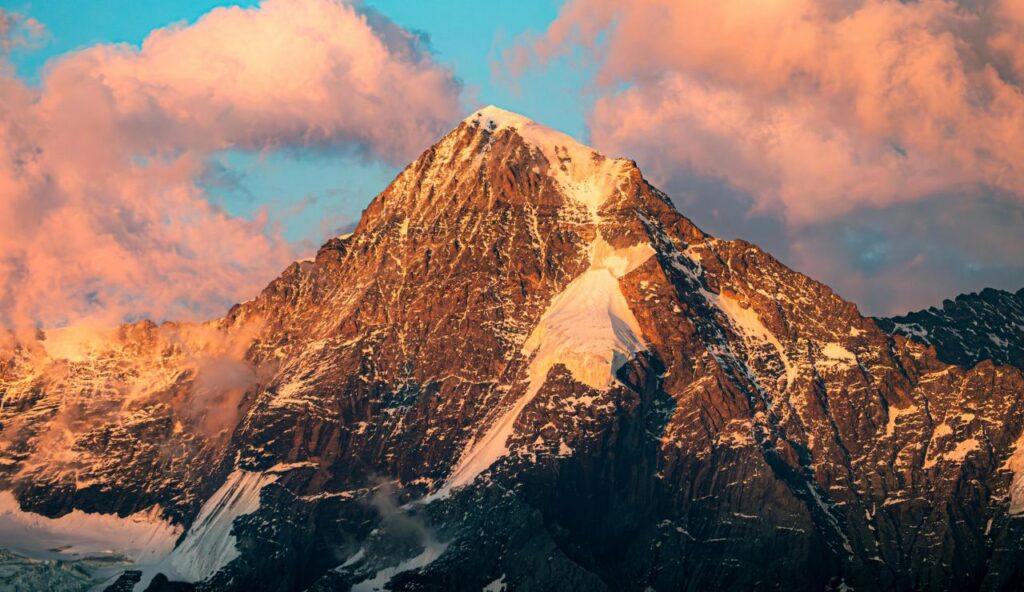
Olympus Mons is the tallest mountain we’ve found in the entire solar system. It stands around 13.6 miles high, which makes it nearly three times taller than Mount Everest. This massive volcano is as wide as the state of Arizona. Since Mars has weaker gravity and no moving tectonic plates, the mountain kept growing without falling apart. If it were on Earth, it would be the most famous mountain on the planet.
2. A Day on Mars Is Close to a Day on Earth
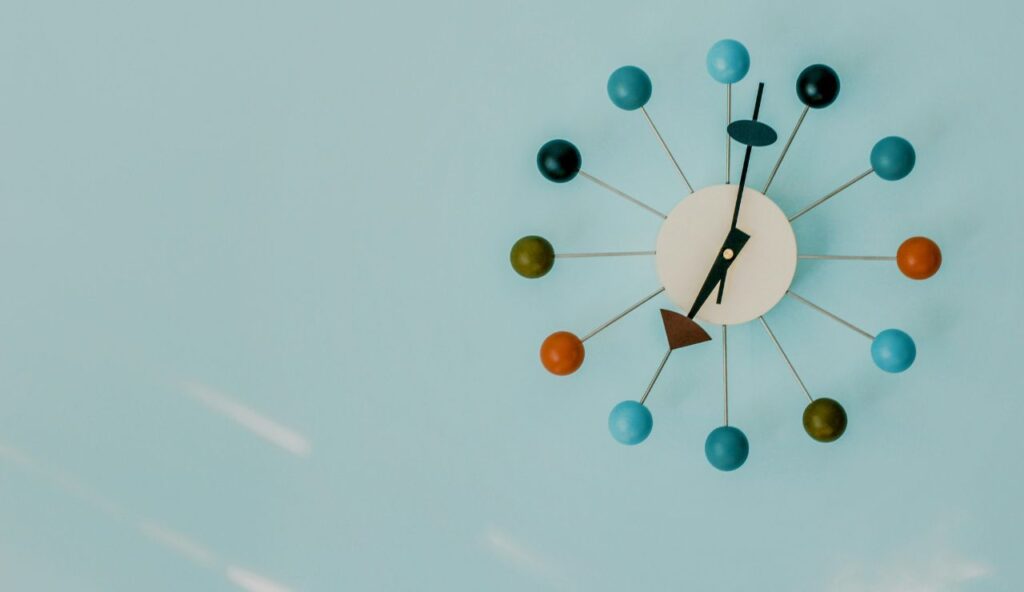
Mars spins at almost the same speed as Earth, which means a day on Mars lasts about 24 hours and 37 minutes. That small difference is why scientists call a Martian day a “sol.” For future astronauts, adjusting to the rhythm of Mars wouldn’t be too hard. NASA even programs its rovers to follow the sol schedule. If humans ever live there, their daily routine might feel surprisingly familiar.
3. Mars Used to Have Flowing Water
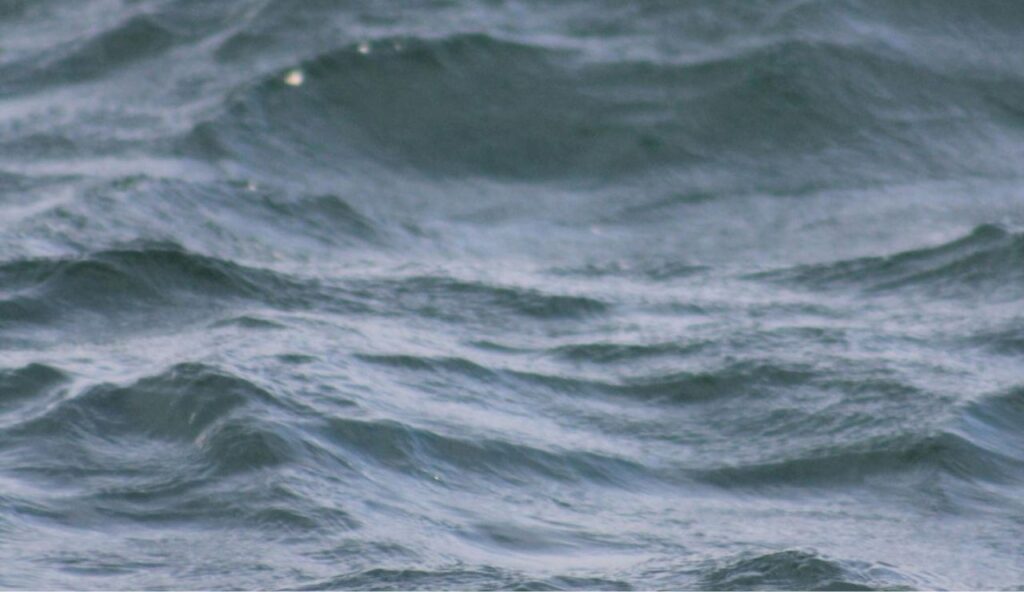
Mars may look dry now, but long ago, it had rivers, lakes, and maybe even oceans. Scientists have spotted dried-up riverbeds and mineral layers that form only in water. Some areas even show signs of ancient shorelines. Most of the water today is frozen underground or at the poles. These watery clues suggest that Mars might have once been able to support life, which makes it even more exciting to explore.
4. Mars Has Seasons, But They’re Not Like Ours

Mars has four seasons like Earth, but they don’t all last the same amount of time. That’s because its orbit around the Sun is more stretched out. Some Martian seasons are much longer than others. For example, spring in the northern hemisphere lasts almost 200 days. The temperature swings are also intense, with warm afternoons and freezing nights. Living through a Martian year would feel totally different.
5. Mars Has Two Tiny, Odd-Shaped Moons
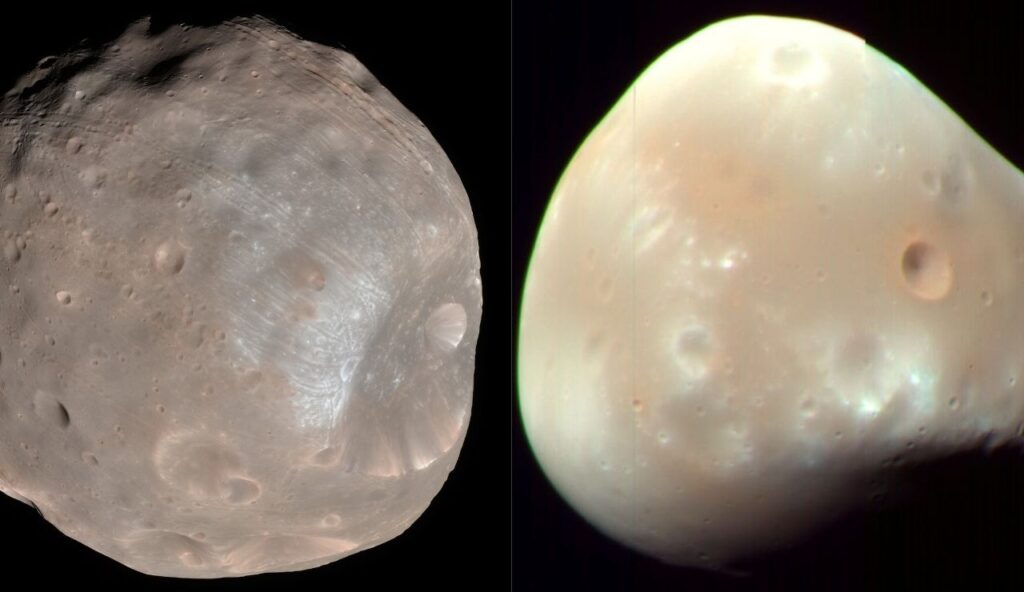
Instead of one large moon like Earth, Mars has two small ones called Phobos and Deimos. They look more like lumpy space rocks than smooth, round moons. Scientists believe they were once asteroids that got pulled in by Mars’ gravity. Phobos orbits very close to the planet and is slowly getting closer. One day, it might crash or break apart. Deimos orbits farther out and moves much more slowly.
6. Mars Has Giant Dust Storms That Cover the Whole Planet
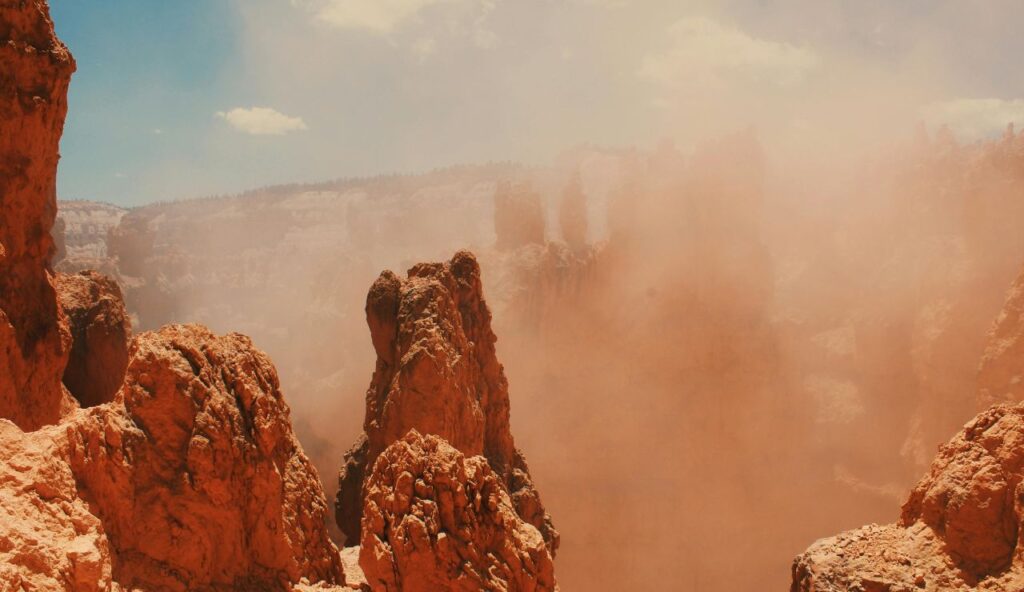
Mars is known for massive dust storms that can last for weeks or even months. Sometimes, they grow so big that they cover the entire planet. These storms block sunlight and can mess with rover missions, especially the ones powered by solar panels. The thin Martian air makes it easy for dust to stay suspended. When the wind picks up, the planet turns into one giant spinning cloud of red dust.
7. Mars Might Still Have a Warm Core
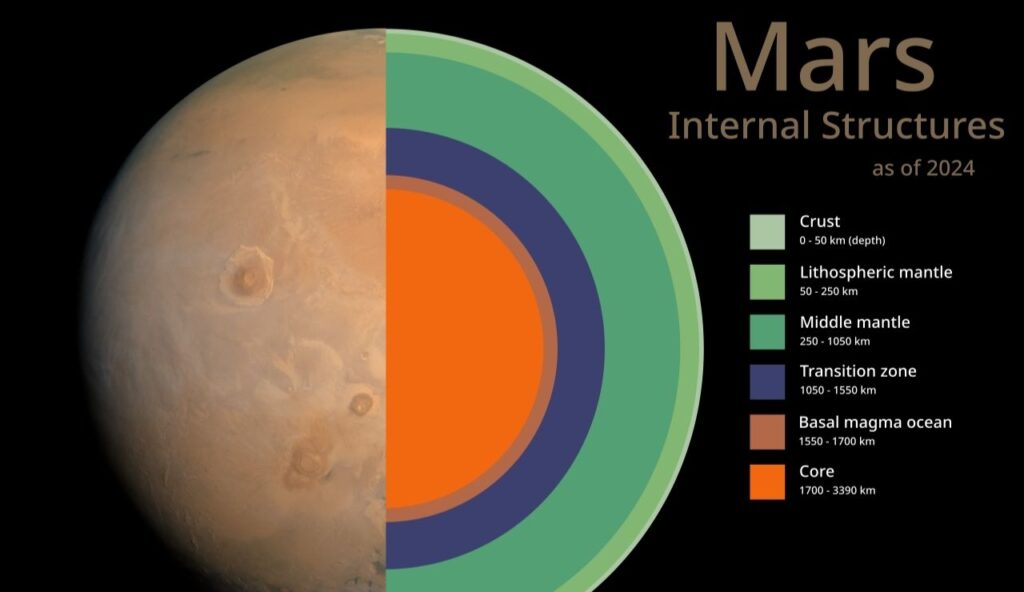
Even though Mars looks cold and lifeless, it may still have some heat deep inside. NASA’s InSight lander detected small quakes, called Marsquakes, that suggest the planet’s core isn’t completely solid. This leftover heat comes from when Mars first formed. While it doesn’t have the same volcanic activity as Earth, these tiny shakes show that Mars isn’t totally frozen on the inside.
8. You Would Weigh a Lot Less on Mars

Mars has much less gravity than Earth, so you’d feel way lighter there. You’d weigh only about one-third of your Earth weight. For example, if you weigh 150 pounds here, you’d weigh just 57 pounds on Mars. That means you could jump higher and carry heavy things more easily. It might sound fun, but astronauts would still need to exercise to keep their muscles and bones strong in low gravity.
9. Mars Has a Canyon Bigger Than the Grand Canyon
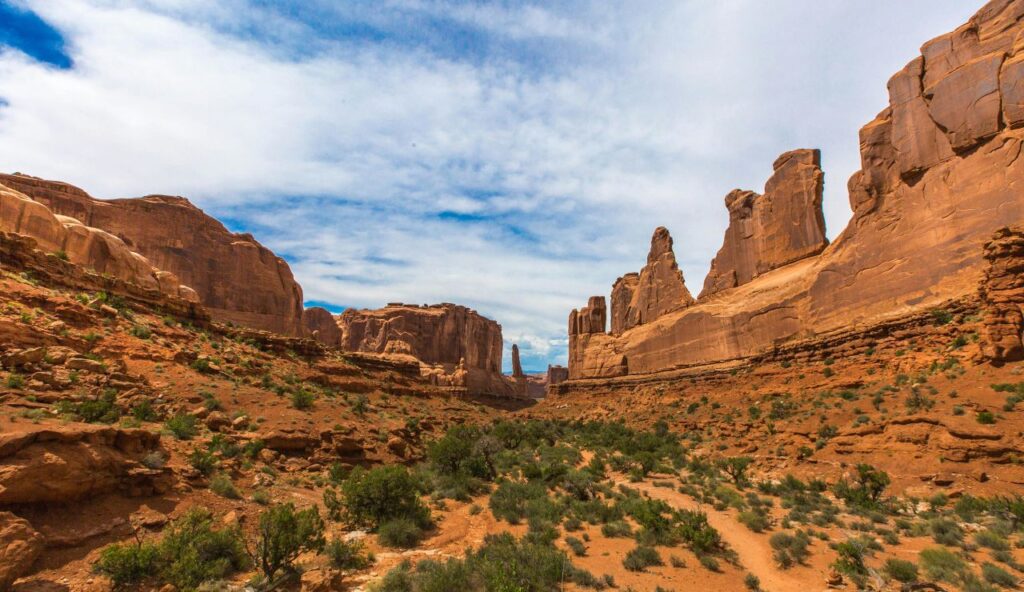
Mars is home to Valles Marineris, one of the largest canyons in the solar system. It stretches over 2,500 miles long and dives up to 7 miles deep. That’s more than ten times longer and much deeper than the Grand Canyon. Scientists think it formed from cracks in the planet’s surface long ago. Standing at the edge of this canyon would give you a view that’s hard to even imagine on Earth.
10. Mars Has Blue Sunsets
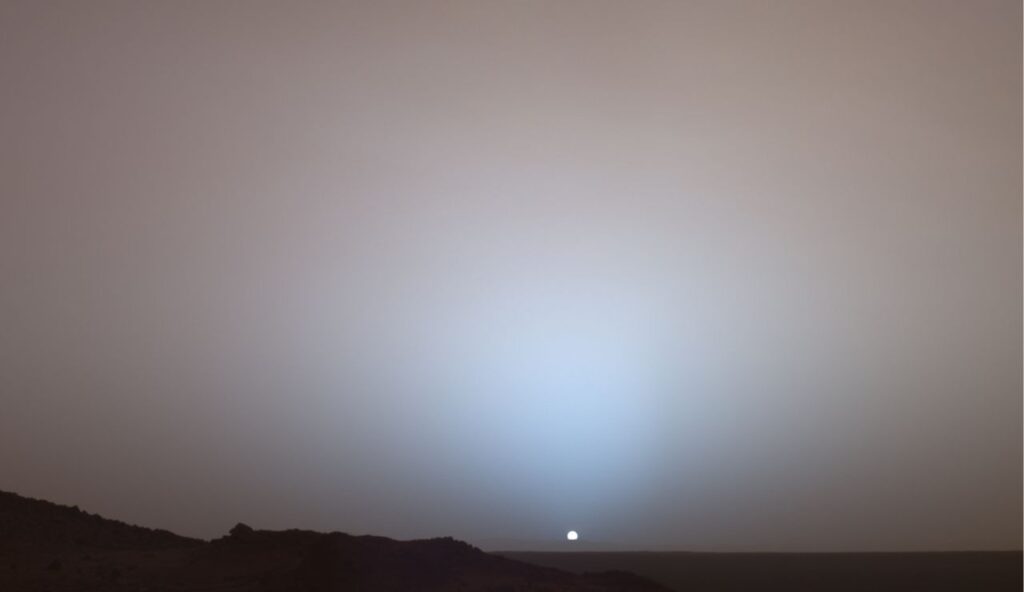
On Earth, sunsets glow red and orange, but on Mars, they’re blue. The Martian sky is usually a dusty red during the day, but at sunset, the fine dust in the air lets blue light pass straight through. The result is a soft, cool glow around the setting Sun. It’s the opposite of what we see on Earth and gives Mars a strangely calm and beautiful end to the day.


